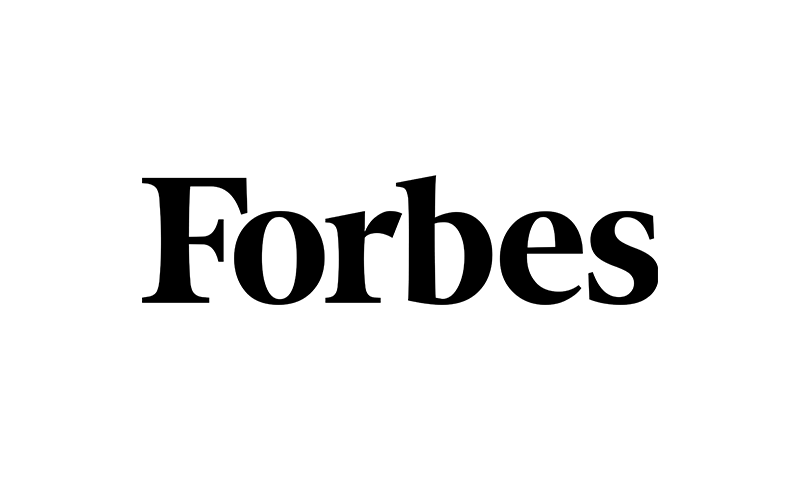The introduction of 8 adalimumab (Humira; AbbVie) biosimilars in 2023 created a hype cycle around patient medication affordability given Humira’s position as one of the top-selling medications of all time. Used to treat rheumatoid arthritis and other inflammatory conditions in adults, Humira initially costs about $7000 per month, without considering insurance or other patient affordability options. When biosimilars initially hit the market, the hope was that providers and patients would switch to more affordable options when medically appropriate, and the industry would see lower overall health care costs and increased patient savings as a result. But the question remains: Does the simple availability of biosimilars for Humira and other medications drive adoption and anticipated impact on cost?
To determine the answer, Arrive Health, which sees 11 million transactions per month pass through its Real-Time Prescription Benefit (RTPB) connection, conducted a review of historical prescribing data.
The Expanding Biosimilar Market
Over the past decade, biosimilars steadily entered the United States marketplace as some of the top-selling blockbuster biologics have lost their patents. Since the first FDA biosimilar approval of filgrastim-sndz (Zarxio) in 2015, a total of 44 biosimilars for 15 originator products have been approved and more than 20 are marketed.1,2
Despite the patent cliff being cleared, the promise of biosimilars transforming cost-savings for both patients and health systems has shown mixed results.3 According to a 2017 RAND report, biosimilars were estimated to save the US health care system $54 billion on biologic drug spend from 2017 to 2026.3 A recent Vizient report quantified biosimilar cost-savings in the US at $12.6 billion from 2014 to 2022.4
In the US, oncology biosimilars have largely dominated the market, with granulocyte-colony stimulating factors (G-CSFs) representing the drug class with the most competition.2 However, the landscape continues to evolve with the availability of anti-tumor necrosis factor biosimilars for Humira. A total of 7 biosimilars for Humira were approved in 2022,2,4 with selective market launch in 2023. With the anticipated market availability of these biosimilars continuing into 2024, a review of current prescribing practices and review of payer coverage may help forecast what the post-inaugural era of Humira biosimilars will entail.
Biosimilar Prescribing Practices and Real-Time Prescription Benefit
The US uptake of biosimilars has lagged and is likely attributable to legislative regulations, patent protection litigation, stakeholder perceptions, and provider, payer, and patient economics.3-6
Since 2018, the top 5 biosimilars ordered through the Arrive Health RTPB network have included: insulin glargine-YFGN (Semglee), filgrastim-sndz (Zarxio), epoetin alfa-epbx (Retacrit), infliximab-dyyb (Inflectra), and pegfilgrastim-bmez (Ziextenzo).
Payer formulary placement is one of the main factors cited in prescriber adoption and biosimilar uptake.3-5 RTPB offers transparency into payer coverage status for biosimilar products, including additional details such as out-of-pocket (OOP) patient costs and even alternative recommendations back to the originator biologic.
In therapy classes with multiple biosimilars available, such as G-CSFs, payers are showing a preference toward specific biosimilars.4,5 Although the Humira biosimilar experience is just beginning, it is likely payers will also show a preference toward a single biosimilar product in that case, as well.
Patient Cost Considerations: Are Biosimilars Better?
Although formulary status plays a large part in acceptance of biosimilars, economic incentives as well as access to patient assistance programs continue to influence their acceptance.3,5,6
Insulin Biosimilars
The steady increase of insulin prices has been an ongoing barrier for patients with diabetes, with OOP costs per prescription for Medicare Part D beneficiaries increasing from $3819 in 2014 to $5917 in 2019.7
Although the interchangeable insulin biosimilar, insulin glargine-yfgn (Semglee), is the top-ordered biosimilar within the Arrive Health RTPB network, the average patient price is $460 for a 30-day supply, showing a payer preference toward the originator Lantus (insulin glargine) products. Insulin glargine-yfgn (Semglee) has a higher average monthly cost of $275 more than the insulin glargine (Lantus) vial and $346 higher for the Solostar pen, according to Arrive Health RTPB data.
Additionally, numerous states are passing legislation on patient OOP costs for insulin products.7 In 2019, Colorado passed legislation to cap the OOP cost for insulin to no more than $100 for a 30-day supply.7 Since then, numerous states have enacted similar laws, capping insulin at as little as $30 for a 30-day supply.8
For states without insulin policies implemented and with current patient pricing favoring the originator insulin glargine (Lantus) products, the impact of insulin glargine-yfgn (Semglee) n the market has yet to be determined.
Granulocyte-Colony Stimulating Factor Biosimilars
Patient savings are shown to be the most significant with biosimilar products that have the most longevity in the market. This is with filgrastim-sndz (Zarxio) offering an average patient cost savings of about $132 to $600 compared with the costs of pegfilgrastim (Neupogen) vial and syringe products. Currently, the long-acting derivative of filgrastim is showing a preference toward the originator pegfilgrastim (Neulasta) and pegfilgrastim (Neulasta) Onpro products.
Looking Ahead: Coverage and Affordability in One Place
It has never been more imperative to equip prescribers with technology solutions to navigate the shifting paradigm of payer coverage for biosimilars and originator products. As this new era of biologic competition continues to evolve, technology solutions such as RTPB are well positioned to provide accurate, real-time visibility into this evolving landscape and support crucial affordability conversations in some of the most advanced disease states.
This article by Megan Holsopple, PharmD, BCPS, Vice President of Clinical and Client Programs at Arrive Health, originally appeared on Pharmacy Times.
References
1. US Food and Drug Administration. Drugs @FDA – Zarxio. https://www.accessdata.fda.gov/scripts/cder/. Accessed December 7, 2023.
2. U.S. Food and Drug Administration. Purple Book – Database of Licensed Biological Products. https://www.accessdata.fda.gov/scripts/cder/. Accessed December 7, 2023.
3. Yang J, Carioto J, Pyenson B, et al. Greater uptake, an alternative reimbursement methodology needed to realize cost-saving potential of oncology biosimilars in the United States. J Manag Care Spec Pharm. 2021;27(12):1642-1651.
4. Vizient. 2022 Vizient Biosimilar Survey. 2022. Accessed November 3, 2023. https://vizientinc-delivery.sitecorecontenthub.cloud/api/public/content/064a17d1e5aa421aa9b9b6d800145ae6.
5. Vizient. Drug inflation rate continues upward trend at 3.78%: Vizient pharmacy market outlook. 2023. Accessed August 16, 2023. https://newsroom.vizientinc.com/en-US/releases/releases-drug-inflation-rate-continues-upward-trend-at-378-vizient-pharmacy-market-outlook
6. Academy of Managed Care Pharmacy (AMCP). AMCP Partnership Forum: Biosimilars—policy, practice, and postmarketing surveillance to support treatment and coverage decisions. J Manag Care Spec Pharm.; 27(10):1503-1508.
7. White J, Wagner A, and Patel H. The impact of biosimilar insulins on the diabetes landscape. J Manag Care Spec Pharm. 2022;28(1):91-98.
8. American Diabetes Association. American Diabetes Association applauds Maryland passage of law to cap monthly insulin co-pays at $30. https://diabetes.org/newsroom/american-diabetes-association-applauds-maryland-passage-of-law-to-cap-monthly-insulin-co-pays. Accessed December 7, 2023.



